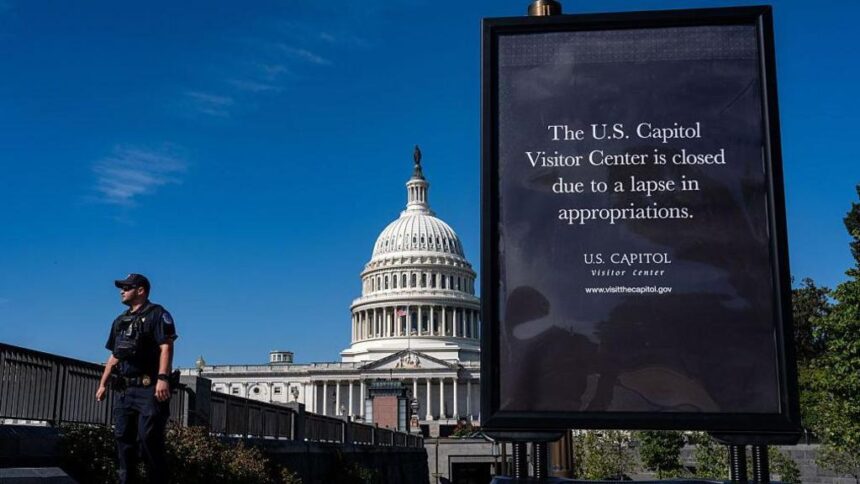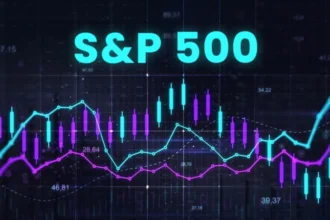At FinancialMediaGuide, we see the latest US federal government shutdown more as a political symbol than an economic shock. On the one hand, the suspension of key macroeconomic data at a time when the Federal Reserve is balancing between inflation and a weakening labor market heightens investor anxiety. On the other hand, historical evidence shows that shutdowns rarely cause lasting damage to the US economy, with their impact being largely local and short-term.
Looking at the statistics, over the past 50 years the US has experienced 20 shutdowns. Their average duration was just 8 days, with a median of 4. And, as we at FinancialMediaGuide emphasize, that is far too short a period to paralyze the world’s largest economy. Even the record-long closure of 2018–2019, which lasted 35 days, only slightly dented consumer spending – a decline of about 0.3% per month. Growth rebounded quickly afterwards.
The real problem with the current shutdown is not spending or employment per se, but the “blind spot” it creates for policymakers and investors. Federal agencies – from the Bureau of Labor Statistics to the Bureau of Economic Analysis – have suspended data releases, forcing the Fed to rely on private-sector reports. At FinancialMediaGuide, we note that replacing official statistics with data from agencies like ADP raises uncertainty and makes labor market forecasts less reliable.
Another source of pressure is the crisis of confidence in official data. Recent large-scale revisions by the BLS and the dismissal of its chief have fueled doubts about data quality. For markets, this means that even once the government reopens, concerns about credibility will remain. At FinancialMediaGuide, we believe that in times of high volatility, trust in data sources becomes just as important as the numbers themselves.
For the Fed, the situation is particularly challenging: its next meeting is scheduled for late October, with the labor market and inflation set to be decisive for rate policy. If the shutdown drags on, the central bank may be forced to make decisions almost “blind.” We argue that this could accelerate a rate cut scenario already in October, though previously markets expected easing only by December.
For the broader economy, the direct impact of a shutdown is limited. Yes, hundreds of thousands of federal workers are on furlough and some services are suspended. But as history shows, these costs are typically offset in subsequent quarters. Consumer spending, in most cases, continues to grow even during shutdown periods.
At Financial Media Guide, our conclusion is clear: a shutdown is more of a political risk than an economic one. It amplifies uncertainty, disrupts the data landscape, and complicates policymaking. Yet for the US economy, it is more of a temporary setback than a systemic threat.
Our forecast: if this closure lasts only a limited time, markets will quickly return to focusing on fundamentals – inflation dynamics and consumer demand. However, if political battles drag on, we expect rising investor nervousness, pressure on the dollar, and sharper swings in equity markets. We advise investors to recognize that in the coming weeks, headlines from Washington may drive volatility more than economic statistics, becoming the primary source of short-term market turbulence.













